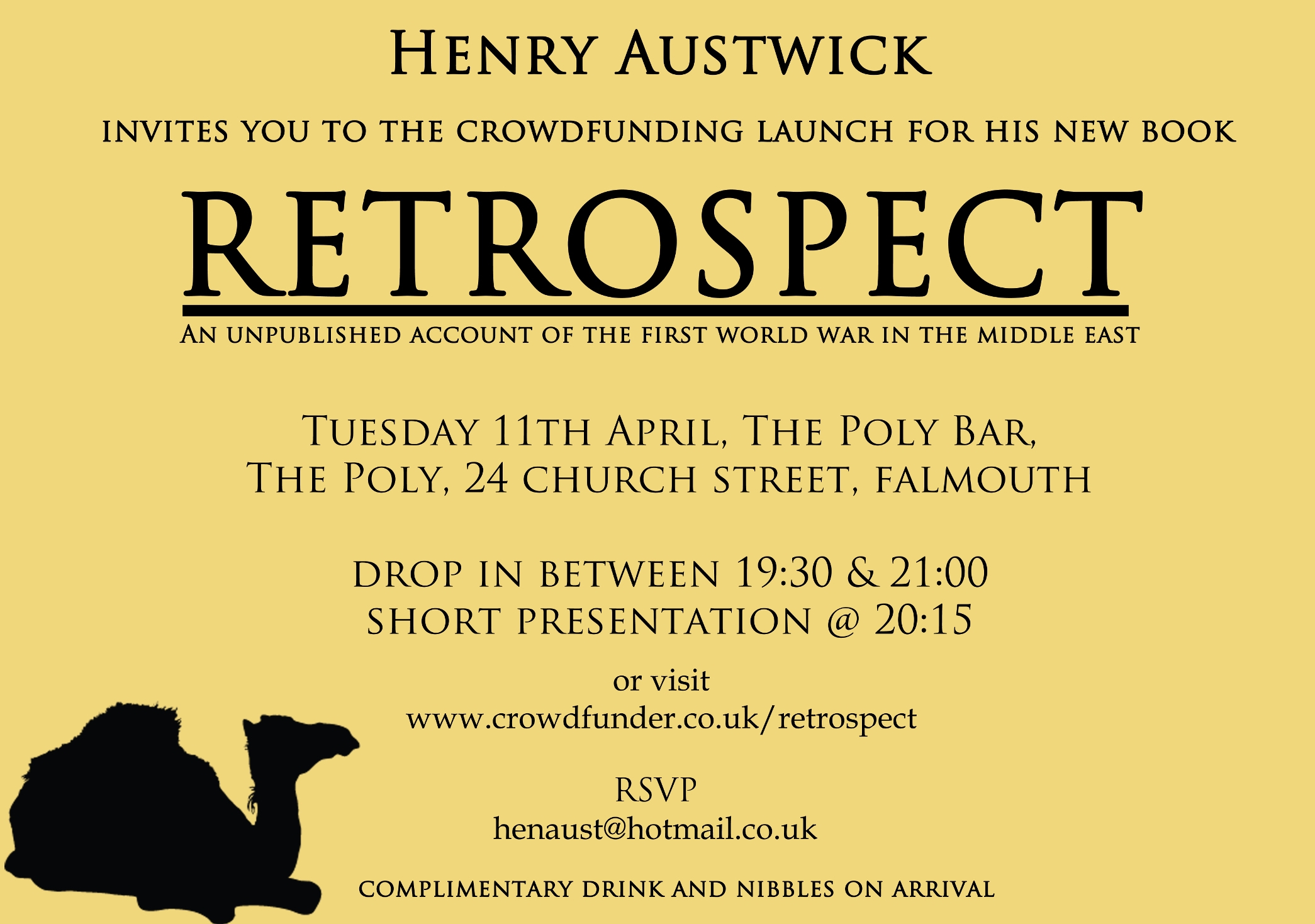
Make sure everyone has a sense of the bigger picture. To set the stage, clarify the time period and scope of work that is up for discussion.

Successful leaders also establish a clear focus for the most efficient use of everyone’s time. By creating psychological safety, you’ll open the door to more productive collaboration. That’s why the first phase involves setting some ground rules and letting people express how they’re feeling. You’re working with real people who need to feel comfortable discussing problems and speaking up about possible solutions. We’ll explore the different phases first and then offer examples of other formats.īefore jumping straight into the meeting topic, it’s important to prepare your team for a productive meeting. Practitioners of Agile management usually agree that there are five phases to retrospectives - though other formats can be followed. Now that you know what a retrospective is, let’s take a closer look at how you can structure the meeting. If you have a month of work to evaluate, you might need three hours. For a week-long sprint, a good estimate is 45 minutes.

The length of a retrospective meeting depends on how many people are involved, the length of the interval, and the amount of work that’s up for discussion. For in-person meetings, sticky notes and a board or wall can help the team share their ideas. Remote teams can communicate effectively through a collaborative document like a Google Doc.

RETROSPECT DEFINITION HOW TO
This simple but strategic meeting can help teams make the most of every iteration, ensuring that the next sprint gets them closer to a successful product and happy clients.Īgile retrospectives bring teams together to reflect on what went well, what could have gone better, and how to approach future work based on this information.Ī retrospective meeting can happen in person or online. An Agile retrospective offers dedicated time and space to take stock, collect feedback, adapt, and improve. Agile emphasizes adaptability and continuous improvement - which doesn’t happen unless it’s built into the process. Retrospectives are at the heart of the culture that has emerged since the Agile Manifesto appeared in 2001. When done right, a retrospective can add energy and efficiency to the entire process. The idea is to look back frequently at previous small steps to ensure the next step is in the right direction.

Retrospectives following a sprint are called sprint retrospectives.Ī retrospective is about looking back, but it’s really focused on moving forward. The goal is to reflect on what went well and what could have gone better, and to make changes for the next iteration.Ī retrospective can take place after any increment of work, but it usually happens quickly after a short time period to implement feedback immediately. After reading it, you’ll have all the information you need to lead retrospectives successfully.Īn Agile retrospective is a meeting of the Scrum master, product owner, and developers following an iteration of work, typically a sprint. This article offers a clear definition of an Agile retrospective, details its phases and benefits, and provides a list of possible formats. But you might not know what a retrospective should look like or how to run one.
RETROSPECT DEFINITION SOFTWARE
If you’re a fan of the Agile philosophy in software development and project management, you know your team can benefit from a retrospective meeting.


 0 kommentar(er)
0 kommentar(er)
